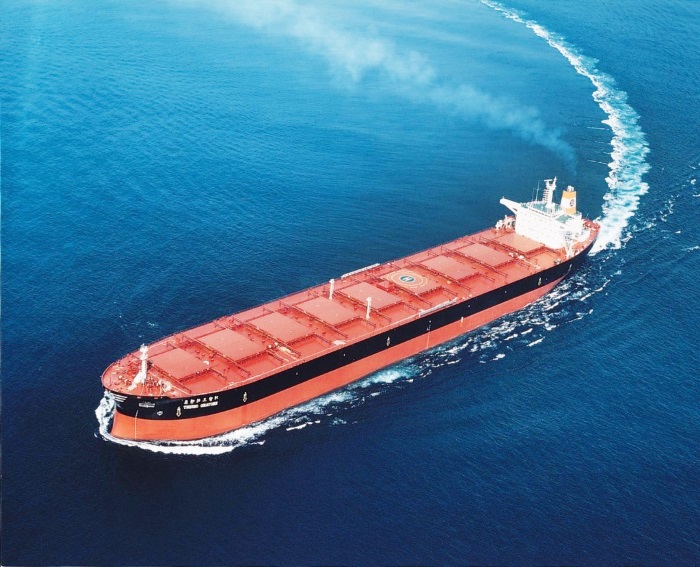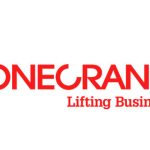Many ships are now equipped with power limitation solutions to comply with EEXI regulations. Clear, up-to-date documentation of the applied limitation measure is crucial from a statutory perspective and from a technical and safety standpoint when it comes to providing pilots correct information. This statutory news outlines the different limitation options and required documentation.
EPL and ShaPoLi
The overridable engine power limitation (EPL) and the overridable shaft power limitation (ShaPoLi) were introduced by the IMO with MEPC.335(76), giving a clear definition of the technical solutions:
The EPL restricts the propulsion power directly at the main engine with a limitation of the maximum available fuel amount per injection. This can be realized with a mechanical blockage of the fuel rack or by a software limitation of the fuel index. Alternatively, software solutions can restrict the engine power instead of the fuel index.
The ShaPoLi measures the shaft power and provides the current value to the engine automation for a comparison with the limit value, to reduce the fuel index or propeller pitch in case the engine setting exceeds the power limit value. Alternatively, the shaft power can be displayed on the bridge and an alarm is given whenever the limit value is exceeded. The latter is the most popular version of ShaPoLi arrangements and is described in MEPC.390(81), an amendment to the MEPC.335(76).
Overridable power limitation
EPL and ShaPoLi are always overridable according to the definition given in MEPC.335(76).
For all overridable power limitation solutions, the Onboard Monitoring Manual (OMM) must be approved by the EEXI verifier. If the limitation solution is modified or replaced, a revised OMM must be submitted for approval.
The International Air Pollution Prevention (IAPP) certificate remains unchanged, and it continues to state the original maximum continuous power. It is not necessary to update the NOx Technical File.
Permanent power limitation
Typically, the permanent limitation of the main engine is combined with a propeller retrofit, matching the design power of the new propeller, or with a turbocharger cutout. This permanent limitation ensures the engine always operates within the new design range, preventing damages to the propulsion system.
The permanent power limitation does not modify the engine; it only prevents operation above the limit value. Similar to an overridable power limitation, it can be implemented by a sealed mechanical blockage of the fuel rack or by reducing the maximum fuel index in the engine automation settings. The key difference is that no unlimiting option is available to the crew. Removing seals or releasing the power reserve by altering engine automation would violate IMO regulations and could be a safety risk due to design limitations.
A description of the permanent power limitation measure must always be attached to the EEXI Technical File and available for inspection. If an overridable power limitation is replaced by a permanent power limitation, such as after a propeller retrofit, the permanent power limitation report replaces the OMM. In this case, all copies of the OMM need to be removed from the vessel.
Also, in case of permanent power limitation, the IAPP and the NOx Technical File remain unchanged. For turbocharger cut-out, an amendment to the NOx Technical File is to be issued, but an update of the IAPP is only needed if the NOx emission value has changed.
Engine derating
Derating involves altering the engine to reduce maximum power. Examples include deactivating cylinders by removing fuel injection to these cylinders, reducing stroke length by installing shims, or decreasing engine bore by retrofitting a new combustion chamber that allows for a higher compression ratio and firing pressure.
In case of derating, the NOx Technical File needs to be amended and the IAPP certificate revised accordingly.
Manoeuvring information
The manoeuvring information must be updated to reflect the actual maximum continuous power of the propulsion engine (see also DNV’s Technical and Regulatory News from 10 June 2024). For permanent power limitation and derating, the nautical manoeuvring tracks on the wheelhouse poster must also be updated. It is recommended that nautical manoeuvring test trials are conducted to determine the corresponding plots and characteristic data.
Recommendations
- All implementations of power limitation require a survey by DNV. The surveyor will issue a Memo to Owner (MO Ref. 99) which indicates the new power limit and whether it is permanent or overridable. Should the MO not be up-to-date or even missing, please inform DNV via DATE.
- Ensure the crew is aware of the OMM. In case of permanent limitation, attach the corresponding report to the EEXI Technical File and ensure the applicable documentation is always available on board.
- In the event of a propeller retrofit, ensure the maximum available power does not exceed the design value of the propeller. All previously valid documentation permitting the use of a power reserve above the design power of the new propeller must be removed from the ship.
Source: DNV






